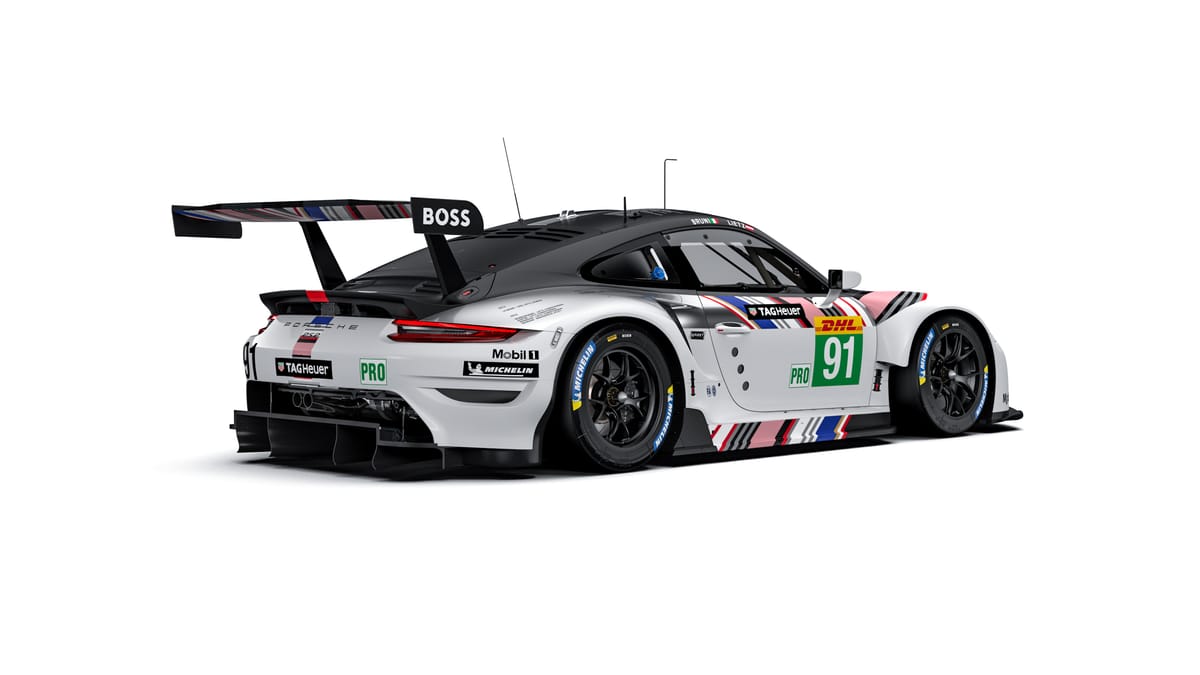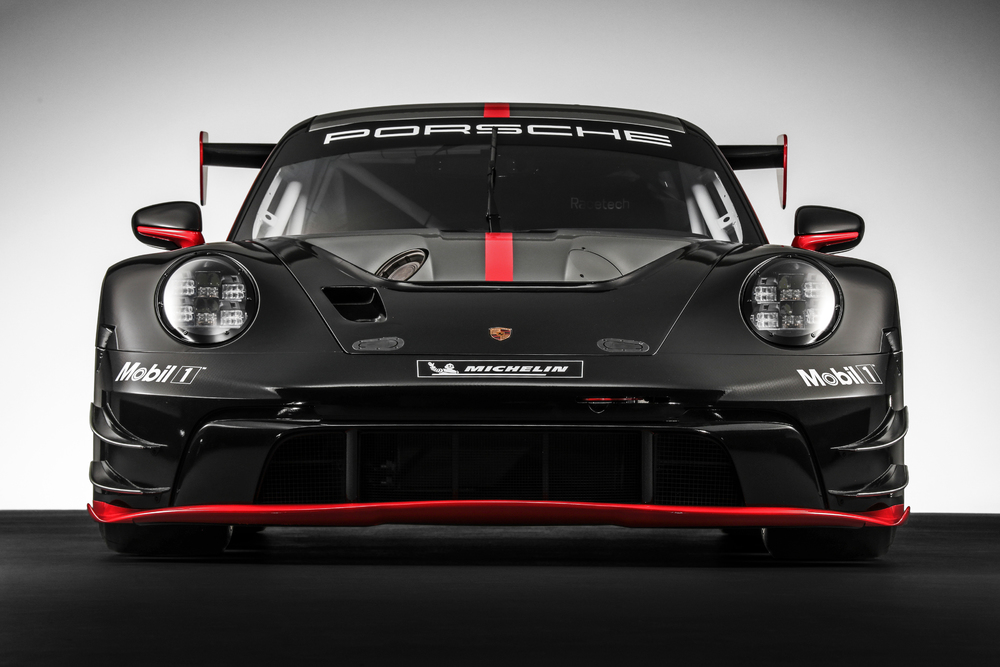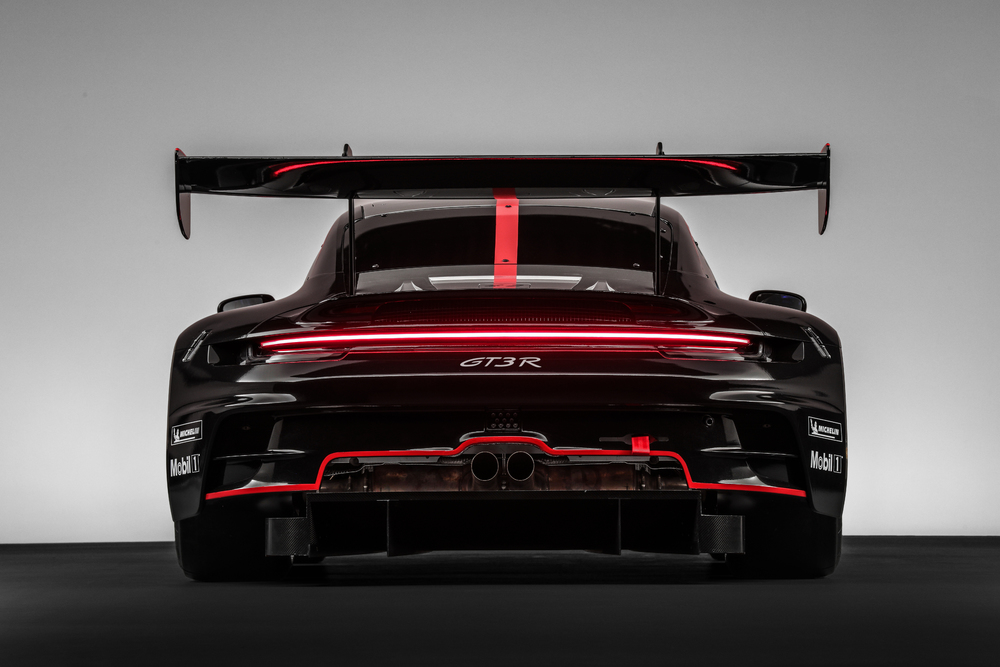The End of an Era and the Dawn of a New: Transitioning from LMGTE to LMGT3
Exploring the Shift in Sports Car Racing Classes - What Changes Lie Ahead?

The LMGTE Class: A Legacy of Performance and Rivalry
The LMGTE class, officially introduced in 2012 under its current designation, represents a significant chapter in the chronicle of sports car racing. This class, also known as Grand Touring Endurance, is divided into two subclasses: GTE-Pro and GTE-Am. These subclasses, while adhering to identical regulations concerning engine capacity, dimensions, weight, and fuel tank capacity, differ in driver placement and car age requirements, particularly for the GTE-Am category. Technical regulations for LMGTE sought to maintain a close resemblance to road cars, both in componentry and configuration, imposing constraints on aerodynamic elements and engine size (capped at 5.5 litres for naturally aspirated engines and 4.0 litres for turbocharged or supercharged units). ACO’s stringent regulations necessitated these cars to be production-based, mandating a minimum production quantity by the manufacturer. To ensure competitive parity among diverse models, Balance of Performance (BoP) adjustments were periodically enacted by the ACO.

Transition to LMGT3: A New Horizon
The advent of the LMGT3 class, announced in August 2021, is poised to supplant the LMGTE class in prestigious events such as the FIA World Endurance Championship and the iconic 24 Hours of Le Mans starting in 2024. The LMGT3 class is envisioned as a customer-oriented racing category, governed by Pro-Am-type sporting regulations and standardised tyre supplies from a sole provider. A notable evolution in LMGT3 is the incorporation of torque meter sensors for real-time powertrain performance monitoring, a move in parallel with the Hypercar class regulations. Initially, a proposition for 'GT3 Premium' body kits was put forth, aimed at offering visual distinctiveness and aerodynamic benefits, especially tailored for the Le Mans circuit. This proposal, however, elicited a mixed reception from manufacturers, leading to a decision that while these bodywork conversion kits would be permitted, they would not be obligatory.

Manufacturers' Response and Future Implications
The reaction of manufacturers to the LMGT3 class and the suggested body kits has been mixed. Figures like Stephane Ratel from SRO Motorsports Group viewed this as a chance for creative evolution, resonant with the innovative spirit of Le Mans. Conversely, marques like Porsche and Mercedes-AMG expressed reservations regarding the financial and performance implications of these alterations. The prevailing attitude hints at a reluctance to commit to substantial visual modifications, particularly if the existing GT3 vehicles meet the performance standards.

Looking Forward: A Diverse and Inclusive Future?
The ushering in of the LMGT3 class heralds the potential for a more varied array of manufacturers and vehicles in the fray. Prominent participants include Chevrolet with the Corvette Z06 GT3.R, Ferrari with its 296 GT3, Porsche with its 991.2 and 992 GT3 R iterations, and emerging contenders such as Ford with their 7th generation Mustang GT3. This paradigm shift could lead to a more varied grid, thereby amplifying the allure of endurance racing for a wider audience.
The transition from LMGTE to LMGT3 signifies a pivotal realignment in the realm of sports car racing. It marks the conclusion of one epoch and the commencement of another, laden with prospects for innovation, diversity, and a potentially more inclusive and exhilarating future for the sport.





